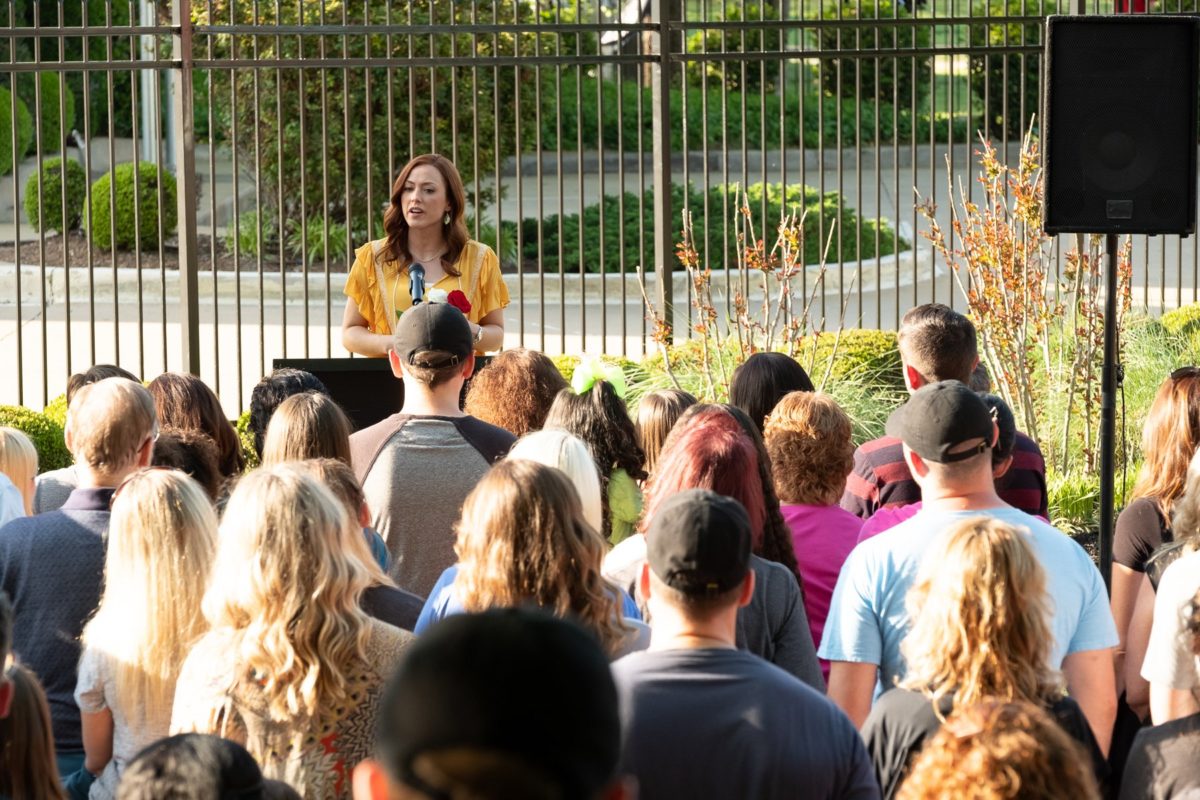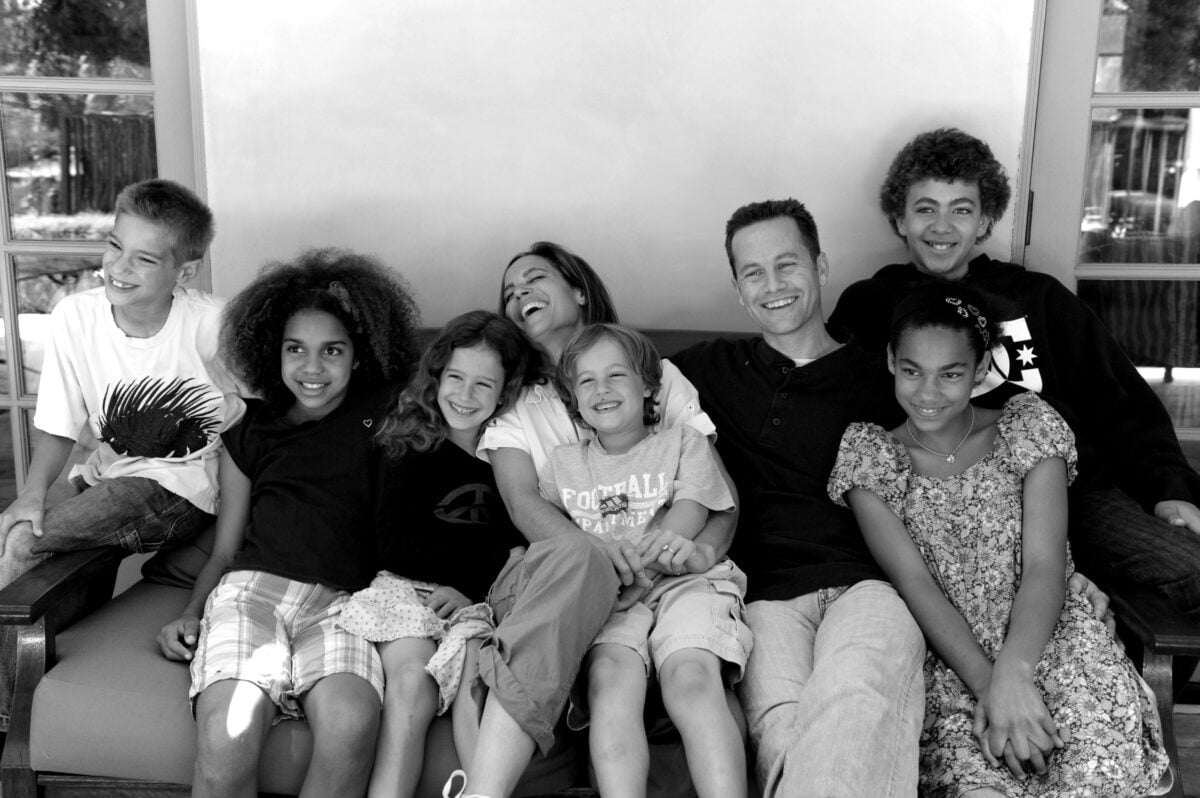Abby Johnson, former director of a Planned Parenthood turned pro-life activist, recently wrote an open letter to audiences regarding the film “Unplanned,” a movie following Johnson’s pro-life conversion, which premiered in theaters last month. Why did she feel the need to address audience’s in advance? Because this film – made by the same conservative Christians who brought you God’s Not Dead – has received an R rating.
Surprised? So were the film’s creators. The MPAA told the filmmakers that the rating was for “disturbing/bloody images” and said they could only lower it if the film removed the scenes depicting abortion.

Naturally this has generated a fair amount of controversy. Is Hollywood admitting that abortion is in fact violent? Was this a politically motivated move to keep fewer audiences from seeing the film? Did “Unplanned” in fact go overboard in its use of abortion imagery? One review of the film calls it a “gory mess” and another complains that “seeing the ultrasound (of an abortion) was somehow worse than seeing the fetal parts arranged into reconstructed form in a petri dish.”
The response to the film brings to mind another controversial issue dealing with abortion imagery – forced ultrasound laws. This refers to laws held by some states which require a woman to see an ultrasound of her baby before she can receive an abortion. Many pro-choice advocates decry this practice as both “medically unnecessary” and “demeaning.” A law topic summary on Rewire claims, “Mandatory ultrasound laws attempt to dissuade women from getting an abortion using emotional appeals and manipulation.”
This gets at the heart of the issue both for “Unplanned” and many other instances of abortion imagery. Are these images merely manipulative and disturbing, or do they have a merited place in the abortion debate?
Here is what Johnson says about the film in her open letter.
You will see what I saw: a baby on an ultrasound screen in black and white 2D. You will see the abortion instrument, which looks like a big straw in real life and like a dark line on the ultrasound, introduced onto the screen. You will see the baby struggle against it. You will see the baby first slowly, then quickly disappear into the instrument as it does what it is designed to do. It is important for you to know that this was a CGI recreation and NOT footage from a real abortion. But it sure looks like what I saw. I think this scene is so important for teenagers and older children to see because it tells the truth about what our culture keeps trying to insist is a “right” and a “freedom.” No one will be able to see this scene and then say they “don’t know” the truth about abortion.

Her last line here is striking – “the truth about abortion.” The reality is that images can be used to manipulate or shame in dishonest ways. For instance, I have occasionally seen pro-life activists carry picket signs depicting bloodied and battered babies on them. These images appear to be graphic illustrations (not photographs) designed to elicit an emotional response. But telling Abby Johnson’s true story through film? Or requiring a woman to look at her own womb before she receives a medical procedure that will suck something out of it? This isn’t manipulative – it’s truth telling.
Not only is this permissible, but it would be unethical to hide these realities. For instance, requiring a patient to view her own ultrasound is not the same as asking a sixteen-year-old driver to watch footage of gruesome drunk driving accidents in her Driver’s Ed class. It is not a scare tactic, but is more comparable to a medical disclaimer. Just as your doctor is required to warn you of potential side effects of a medication, or explain all the details and possible worse-case scenarios prior to a surgery, ultrasounds and uses of abortion imagery are simply explanatory tools to make sure your patient knows what she’s doing. The goal here is facts, not manipulation.

Do the makers of “Unplanned” have an agenda? Of course. That doesn’t make the information they are giving false. As many have pointed out, it is ironic and sad that a fifteen-year-old girl doesn’t need parental consent to get an abortion, but apparently she still needs it in order to watch the movie’s ultrasound footage of one (thanks to the MPAA’s R rating).
Abby Johnson’s letter brings to mind a quote from another social activist – William Wilberforce, famous for abolishing the slave trade in England. In close of a speech at the House of Commons in 1791, he said, ““Having heard all this you may choose to look the other way but you can never say again that you did not know.”
Let us be steadfast in telling the truth – even if it is R rated.













